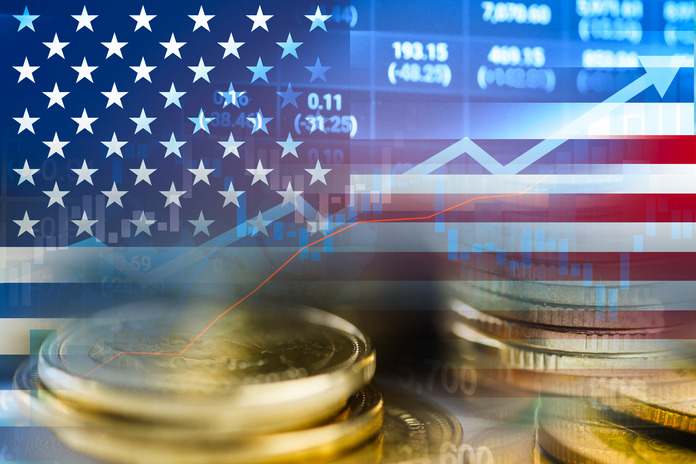The U.S. economy demonstrated resilience by growing at a faster-than-expected pace in the second quarter of 2023, adding to signs that the threat of a recession has diminished. This article delves into the key details and implications of the latest GDP growth figures.
Surprising GDP Growth in Q2
The Bureau of Economic Analysis reported that the U.S. economy grew at an annualized pace of 2.4% in the second quarter of 2023, surpassing consensus forecasts. This robust GDP growth is indicative of the economy’s strength despite higher interest rates aimed at curbing inflation. This growth rate is particularly notable as it marks the fastest pace of expansion in nearly two years.
Factors Driving GDP Growth
Several factors contributed to this stronger-than-expected GDP growth. Consumer spending, which accounts for about two-thirds of U.S. economic activity, remained robust. Despite concerns about inflation and interest rates, consumer confidence has been buoyed by a resilient labor market and steady wage growth. Additionally, business investments and government spending also played significant roles in boosting economic output.
Impact of Easing Inflation
Inflation, a critical concern for the Federal Reserve, showed signs of easing during the second quarter. The Consumer Price Index (CPI) fell to 3% in June, down from 3.3% in May, indicating a moderation in price pressures. This decline in inflation has provided some relief to consumers and businesses alike, potentially setting the stage for a more stable economic environment moving forward.
Fed’s Perspective on GDP Growth
Federal Reserve Chair Jerome Powell has emphasized the importance of achieving greater confidence in the downward path of inflation before considering interest rate cuts. In his most recent press conference, Powell noted that the labor market continues to normalize and has not shown significant signs of concern. The latest GDP growth figures support the Fed’s view that the economy is gradually moving towards a better balance.
Market Reactions and Future Outlook
The stronger-than-expected GDP growth has led to mixed reactions in the financial markets. On one hand, the robust economic performance has alleviated fears of an imminent recession. On the other hand, the persistence of inflation and the potential for further interest rate hikes continue to weigh on investor sentiment.
Economists and market strategists are closely monitoring these trends. Citigroup’s head of equity trading strategy, Stuart Kaiser, highlighted the importance of the labor market as a key economic indicator. “The labor market for us is the key to the markets,” Kaiser told Yahoo Finance. “Our general view is you want to run your U.S. equity portfolio unless or until you get a significant slowdown in payrolls.”.
Conclusion
The U.S. economy’s faster-than-expected GDP growth in the second quarter of 2023 underscores its resilience amid challenging economic conditions. Easing inflation and robust consumer spending have played pivotal roles in driving this growth. As the Federal Reserve continues to monitor these developments, the future direction of interest rates and the broader economic outlook will hinge on the interplay between inflation, consumer behavior, and labor market trends.
Featured Image: Freepik © chormail









